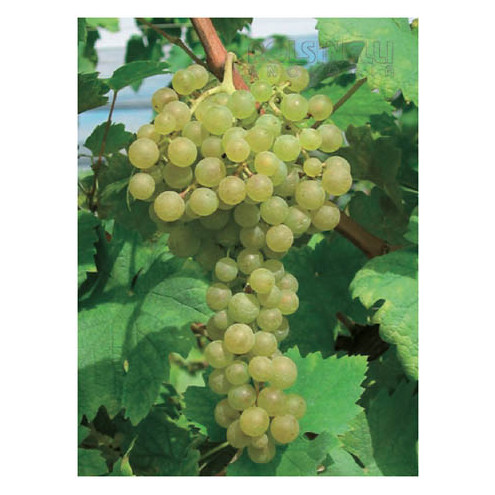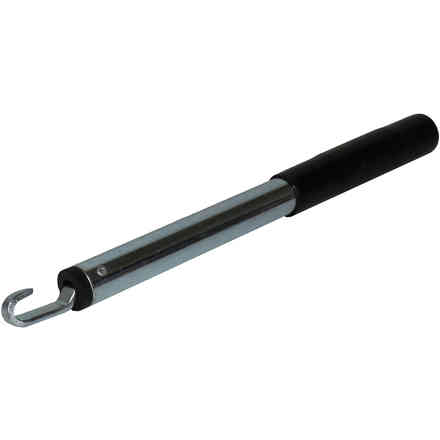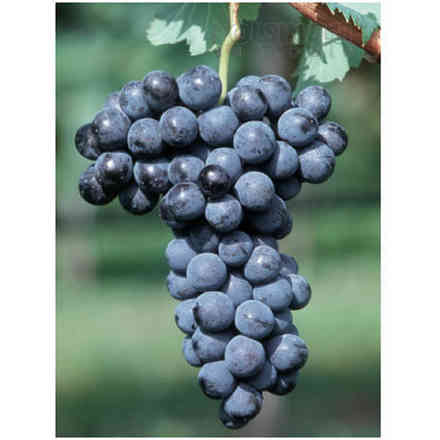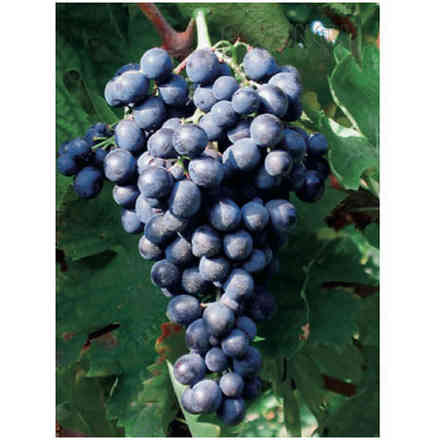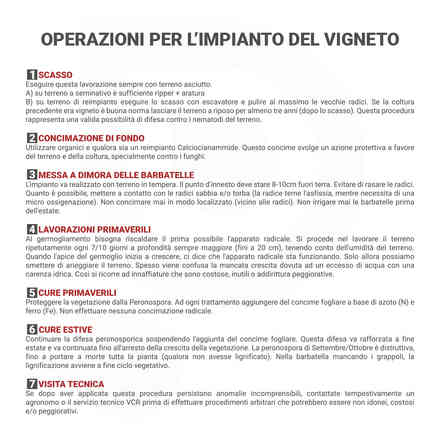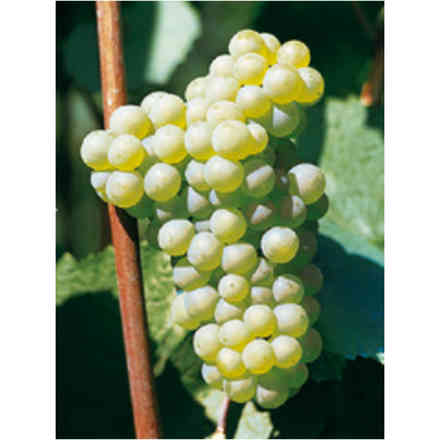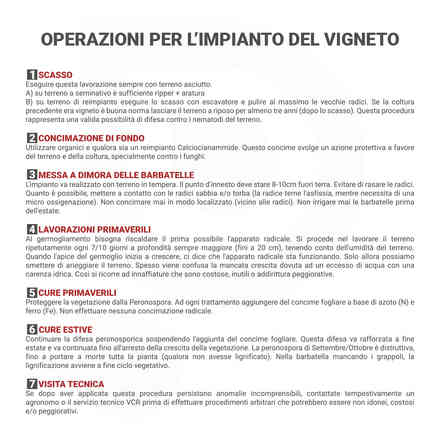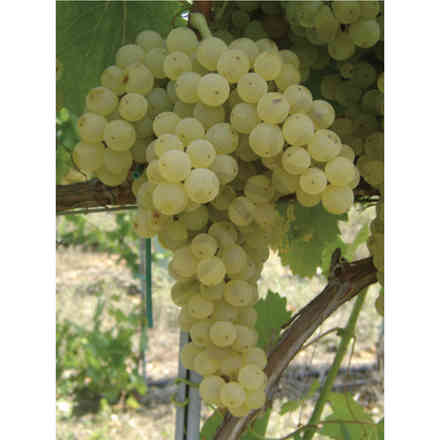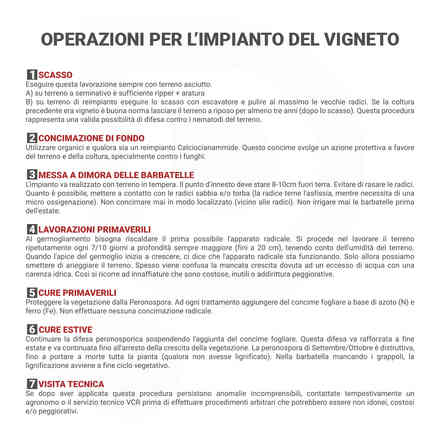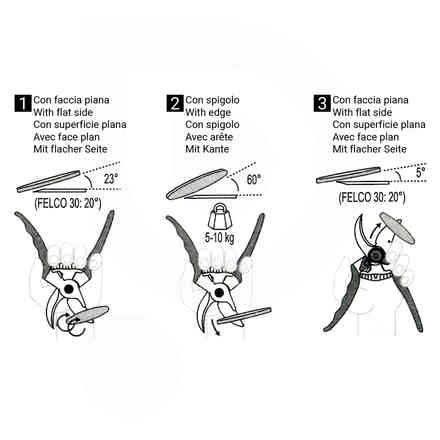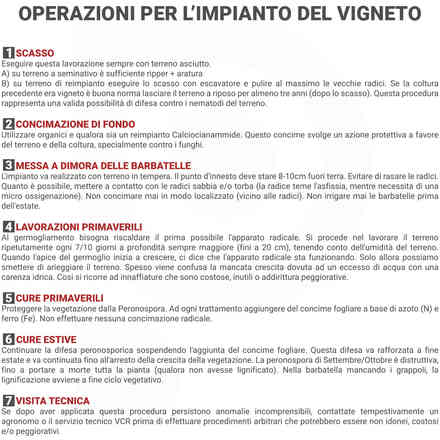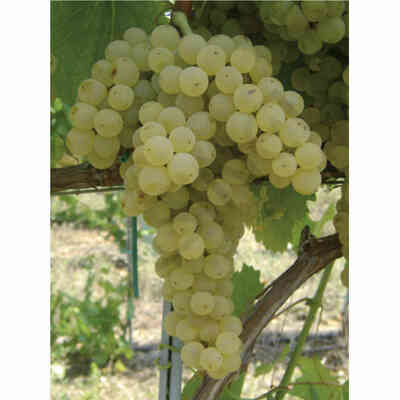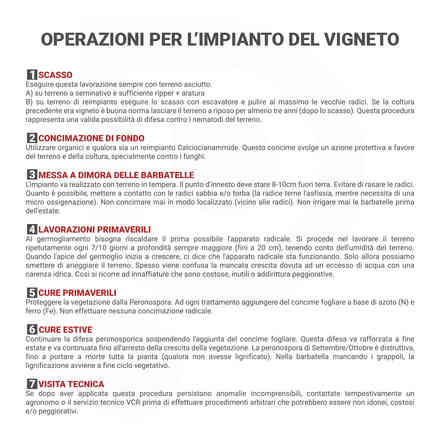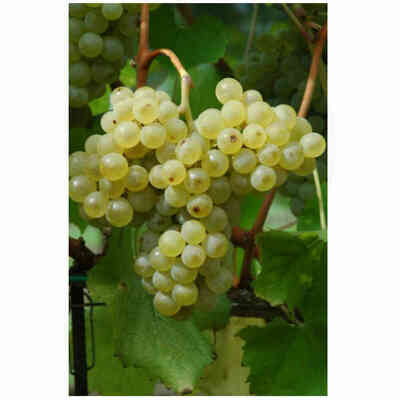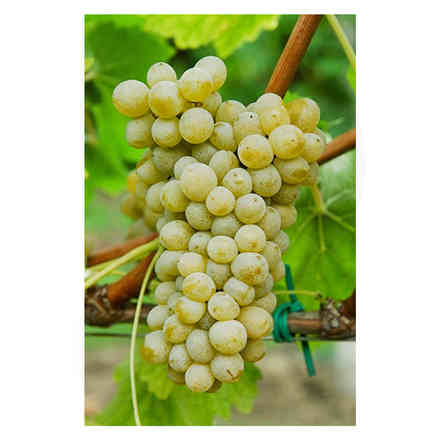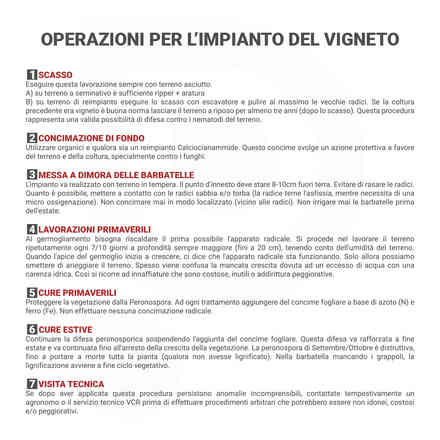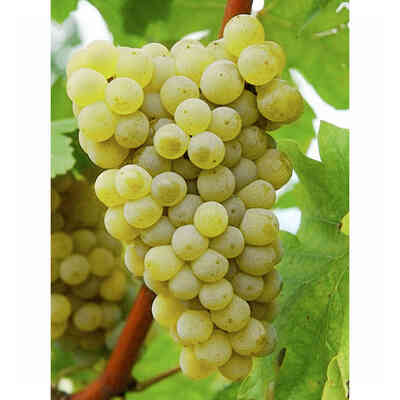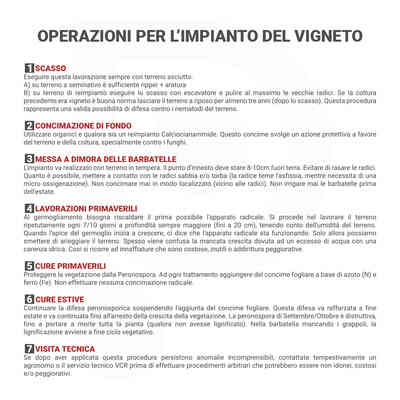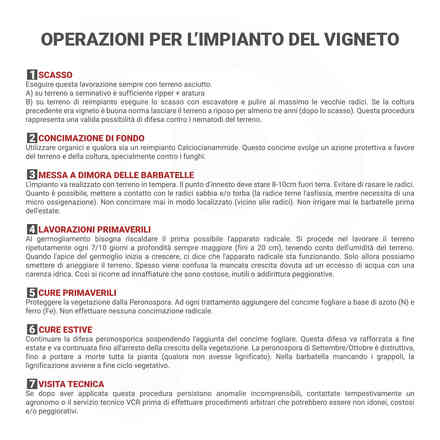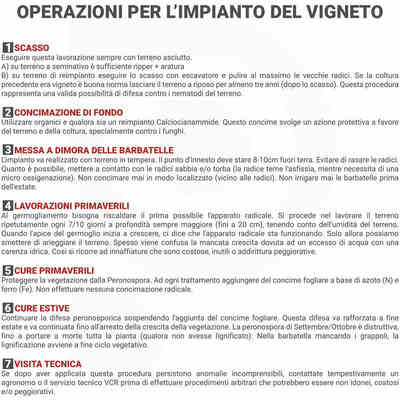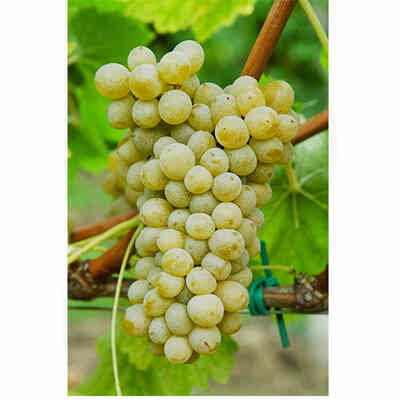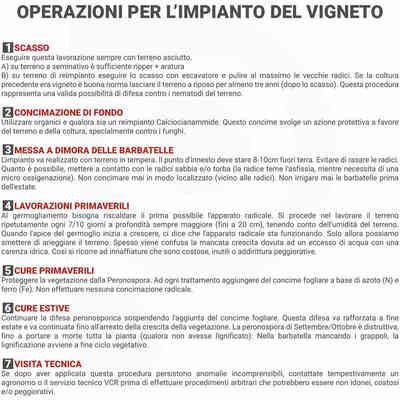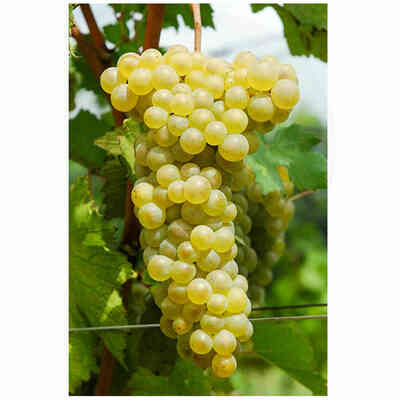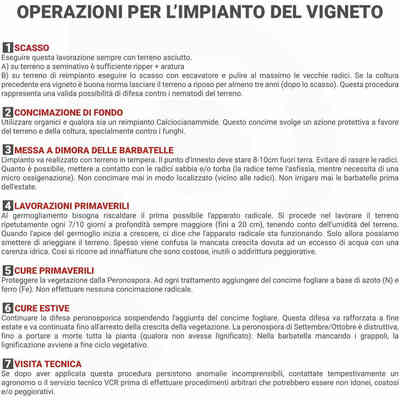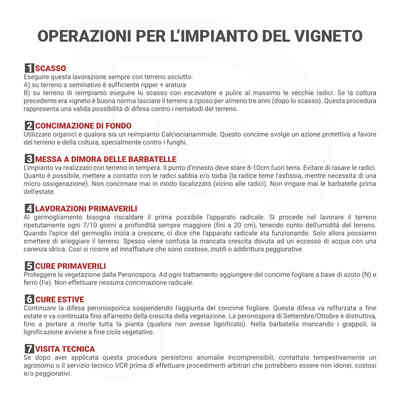
Glera round (10 pcs)
Description
Barbatella Glera tondo (10 pcs)
Rootstocks: 1103P - K5BB - S04 - 140RU - 420A (We will send the graft carrier available at the moment)
The origin is a bit mixed, perhaps it comes from Venezia Giulia or from more distant eastern areas. Widespread in the Veneto region and particularly in the hilly areas of the province of Treviso, it is cultivated less intensively in the Euganean hills in Padua and now with the new Prosecco DOC it is expanding into the provinces of Padua, Vicenza, Udine and Venice.
- Ampelographics: the variety is not homogeneous, but the most widespread biotype is the round berry with a more or less evident presence of sweet or green millerandage, on which the organoleptic characteristics of the wine partly depend. Sprout with expanded, downy, whitish-green apex. Leaves are more than medium-sized, pentagonal, trilobate, wavy, blistered, dull green, fairly tomentose on the underside. Petiolar sinus V-U shaped with overlapping edges. Bunch large, pyramidal, semi-sparse or sparse, with more or less evident millerandage. Berry: medium, spheroid-ovoid, irregular; skin: golden-yellow, dotted, pruinose, thin; flesh: juicy, acidulous, slightly aromatic flavour.
- Cultivation requirements: vine of good vigour with a drooping vegetation and shoots with long internodes. Adapts to hilly terrain where it gives a good quality production and to climates that are not too dry as it suffers from summer drought. The use of low vigour and drought-resistant rootstocks favours the vegetative balance and increases the quality of the product.
- Breeding and pruning: adapts to various forms of cultivation as long pruning is required; since it produces very long shoots, it prefers forms conducted in counter-espalier. Requires measured green pruning, if possible by hand, for regular production and ripening of the grapes.
- Sprouting time: early.
- Ripening time: late.
- Production: excellent and tends to be constant.
- Sensitivity to disease and adversity: normal, a little sensitive to powdery mildew. More or less obviously subject to coulure or millerandage. Does not tolerate very long droughts. It is sensitive to winter cold and to vine phytoplasmas.
- Oenological potential: it produces a straw-yellow coloured wine, with a pleasant, delicate perfume, a dry flavour, rightly acidic, not very tannic, not very full-bodied, with a pleasant, bitterish, harmonious taste. This vine is also used to make a sparkling, fruity, citrus-yellow, not very alcoholic, drinkable wine and a finer, more delicate sparkling wine. Interesting is the amabile type from a restricted area.
RULES TO PLANT A VINEYARD
1. PLOW
You must perform this operation always with dry soil
A) On arable land is generally sufficient to ripper + to plow
B) On planting soil is generally sufficient to plow with an escavator and to clean the old roots.
If the previous crop was a vineyard, it is a good idea to leave the soil fallow for at least three years (after plowing). This procedure represents a valid possibility of defence against soil nematodes.
2. SOIL FERTILIZATION
Use organics and if it is a reimplantation, use Calciumocyanamide.
This fertiliser has a protective effect on the soil and the crop, especially against fungi.
3.PROPAGATING GRAPE VINE CUTTINGS
The planting should be carried out in temperate soil. The grafting point should be 8-10 cm above ground. Avoid shaving the redices. As much as possible, put sand and/or peat in contact with the roots (the root fears asphyxiation, while it needs a micro-oxygenation). Never fertilize in a localized manner (near the roots). Never water the rooted cuttings before summer.
4.SPRING WORKS
When sprouting, the root apparatus must be heated as soon as possible. Work the soil repeatedly every 7/10 days at increasing depth (up to 20 cm), taking into account the moisture of the soil. When the apex of the bud starts to grow, it means that the root system is functioning. Only then can we stop watering the soil. Failure to grow due to access to water is often confused with a lack of water. This is why watering is used which is expensive, useless or even worse.
5.SPRING CURE
Protect vegetation from Peronospora. To each treatment add nitrogen (N) and iron (Fe) foliar fertilizer. Do not make any radical fertilization.
6.SUMMER CURE
Continue with the defense against Peronospora by suspending the addition of the foliar fertilizer. This defense should be reinforced in late summer and should be continued until vegetation growth stops.
The September/October blight is destructive, to the point of bringing death to the whole plant (if it has not lignified). The rooted vine lacks clusters, so lignification occurs at the end of the vegetative cycle.
7.TECHNICAL VISIT
If incomprehensible anomalies persist after this procedure, contact an agronomist or the VCR Technical Service promptly before carrying out arbitrary procedures which may be unsuitable, expensive and/or worsening.














